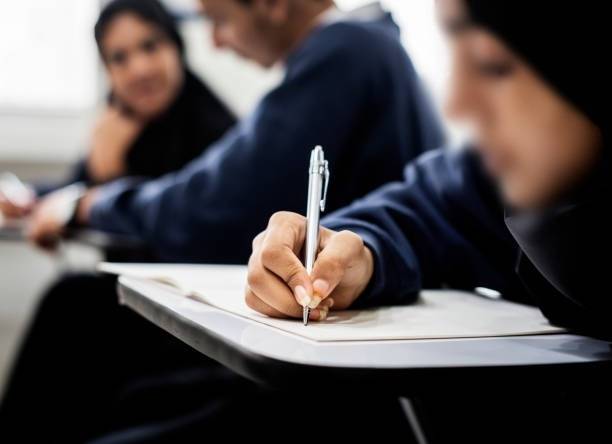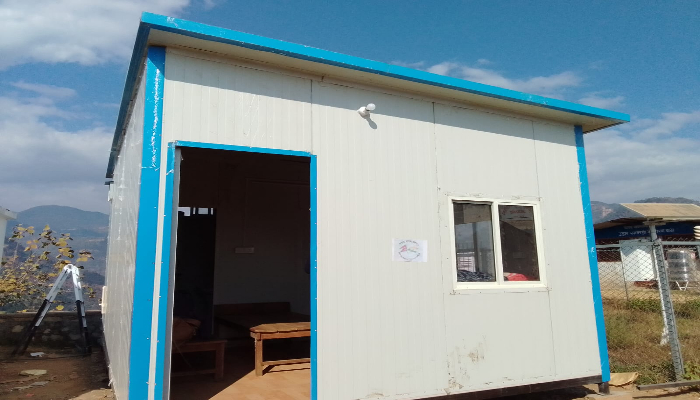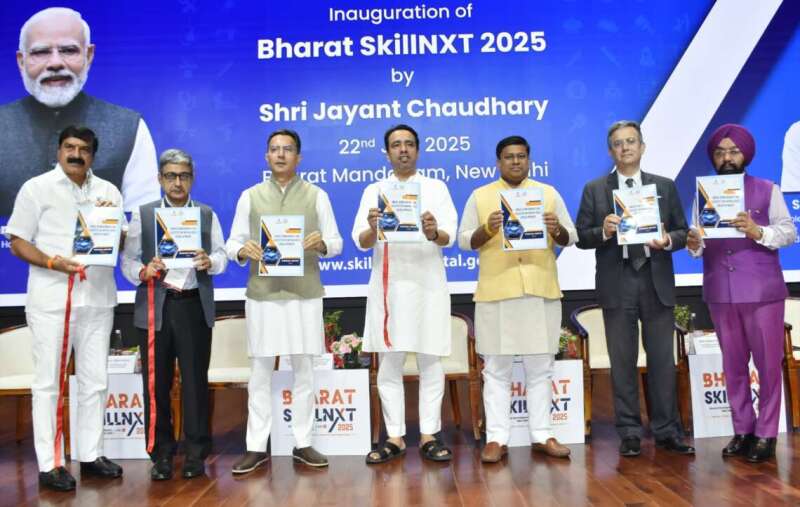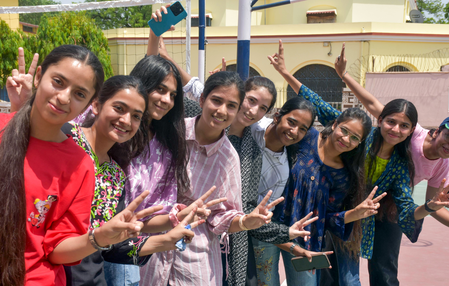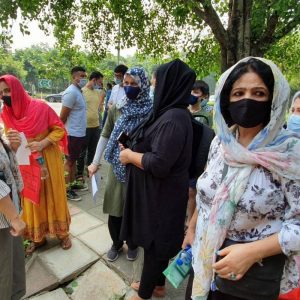The report notes that 25% of the 14-18 age group cannot fluently read a class 2 level text in their regional language….reports Asian Lite News
The Annual Status of Education Report (ASER) 2023, titled ‘Beyond Basics,’ paints a concerning picture of education in rural India. The survey, conducted in 28 districts across 26 states, involved 34,745 youths in the age group of 14-18 years. The findings revealed significant challenges in foundational skills, particularly in reading and arithmetic.
In rural India, 42% of children aged 14 to 18 cannot read simple English sentences, and more than half struggle with basic division problems. The study focused on one rural district in each major state, with the exception of Uttar Pradesh and Madhya Pradesh, where two districts were surveyed. These alarming statistics highlight a substantial gap in educational attainment among the surveyed youths.
The report notes that 25% of the 14-18 age group cannot fluently read a class 2 level text in their regional language. Additionally, over half of these youths face difficulties with division problems typically expected to be mastered in classes 3 and 4. Only 43.3% can perform such problems correctly. English proficiency is also a concern, with only 57.3% able to read sentences, and of those, 73.5% can comprehend their meanings.
Interestingly, across enrollment categories, females outperform males in reading a Class 2 level text in their regional language, while males fare better in arithmetic and English reading. The report emphasizes the need for catch-up efforts in foundational literacy and numeracy for a significant portion of the 14-18 age group.
The survey delves into practical skills as well. Approximately 45% of the students can calculate the number of hours a child has slept based on bedtime and wake-up time. However, challenges arise when applying these skills to real-world scenarios, such as measuring an object’s length with a ruler. While 85% can calculate correctly if the object is at the ‘0’ mark, less than 40% can do so when the object is moved.
The report underscores the impact of low foundational numeracy on daily tasks that require practical application of measurement, the unitary method, and financial computations. The National Education Policy (NEP) 2020 is acknowledged for recognizing the need for ‘catch up’ programs for those who have fallen behind academically.
ASER, a citizen-led household survey initiated in 2005, provides crucial insights into the state of children’s schooling and learning in rural India
ALSO READ: Ukraine Delays Parliamentary and Presidential Elections


